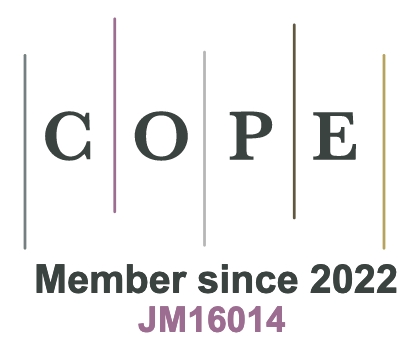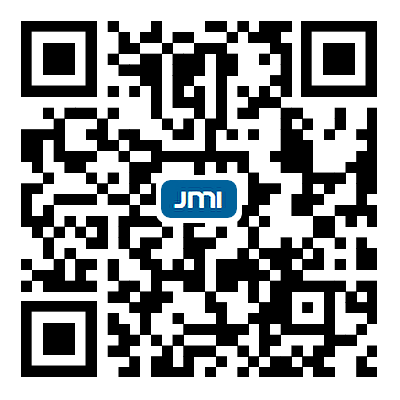The synergy of geometric tolerance factor and machine learning in discovering stable materials
Abstract
Assessing stability remains a fundamental prerequisite for deploying materials across a wide range of applications, including batteries, catalysts, and photovoltaics. However, first-principles stability checks such as phonon dispersion and energy above hull calculations typically require days to weeks of computing time per composition, creating a critical bottleneck for truly high-throughput discovery. In this Perspective, we highlight the underutilized potential of geometric tolerance factors (Tf) as lightweight yet informative indicators for rapid stability assessment. First, we review the Tf developed for representative materials systems, including perovskites, spinels, and garnets, and analyze recent cases where such indicators have been integrated into AI-driven materials discovery. Then, we identify key open challenges in designing Tf that is both accurate and generalizable, as well as in effectively incorporating them into AI frameworks. The potential solutions, including active learning for multi-composition structure, electron density profile-based learning for ionic radii estimation, diffusion model for thermodynamic and kinetic stability, are proposed to address these challenges. The synergy between Tf-based heuristics and advanced AI models has the potential to triage vast compositional spaces before committing to expensive first-principles stability validation, thereby enabling broader innovations in materials design and deployment.
Keywords
Materials informatics, tolerance factor, machine learning, materials discovery, stability assessment
Cite This Article
Wang Z, You F. The synergy of geometric tolerance factor and machine learning in discovering stable materials. J Mater Inf 2025;5:[Accept]. http://dx.doi.org/10.20517/jmi.2025.41












